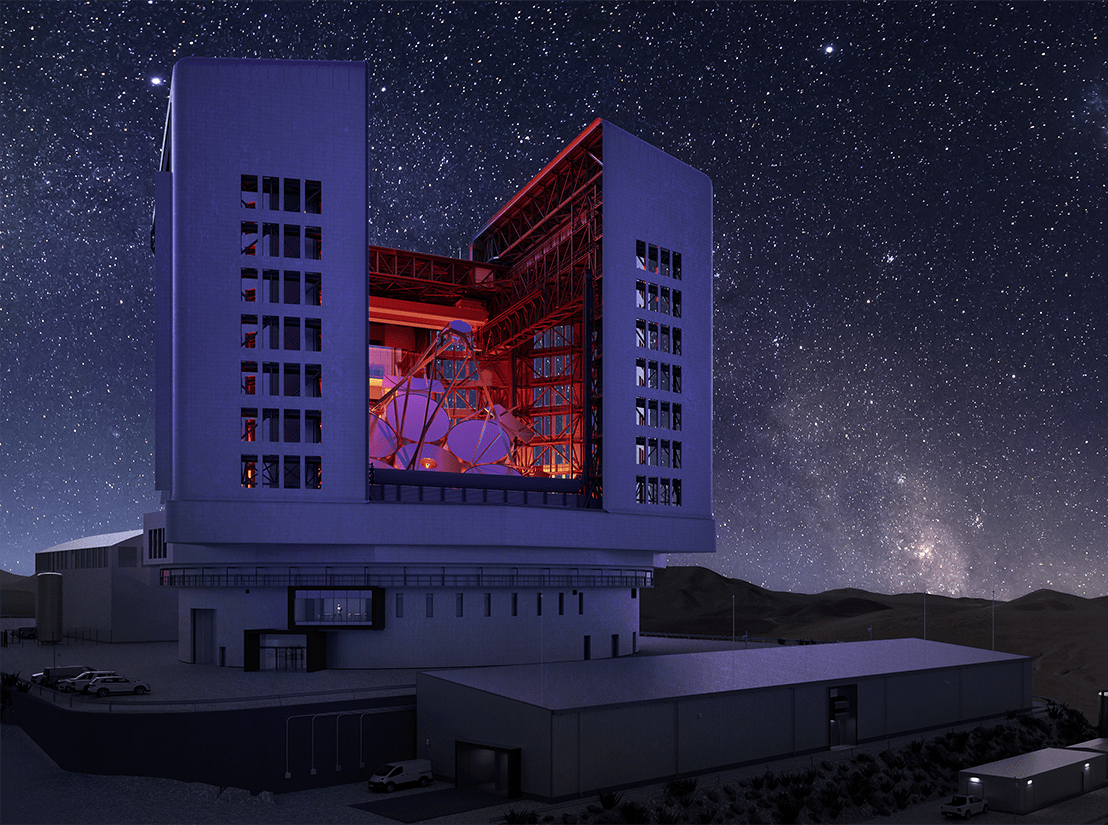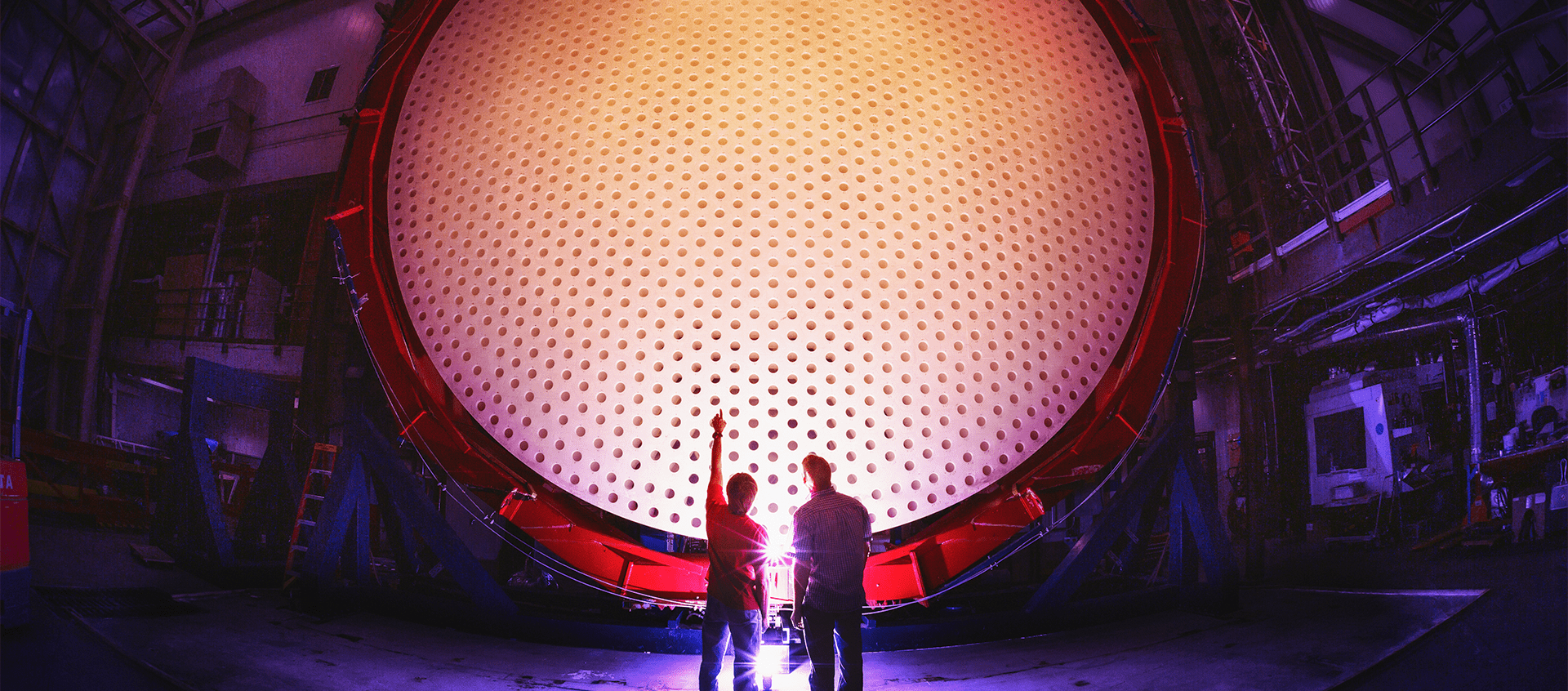When operational in the late 2020s, the Giant Magellan Telescope will be one of the largest ever engineered. Its seven 8.4 metre mirrors will form a single optical surface 24.5 metre in diameter, each one polished to within a wavelength of light — approximately one-millionth of an inch. With a total collecting area of 368m2, it will be able to gather faint light from the farthest reaches of the known universe.
Remarkably, the telescope will contribute to Chile housing 70% of the world’s astronomical capacity, underscoring the unparalleled importance of Chilean skies in advancing global astronomical research.
Velko Zuvic, our Engineering Chief Officer in WSP Chile says, “The Giant Magellan Telescope promises revolutionise astronomy. It will use cutting-edge technology to extend our exploration of the universe beyond what we can currently see, allowing us to discover new life and answer questions that may change our current view of the universe.”
The telescope will be housed in a rotating steel building 60 metre in diameter and 65 metre high, weighing in at about 4,200 tonnes. The building operates like a stage for the giant mirrors, capable of disappearing during nightly observations and rotating 360 degrees in nearly three minutes.
“This transforms it into a mobile mechanism requiring a very high level of precision in its manufacturing and assembly, which means the construction process is extremely demanding,” says Navarro. “The quality requirements for this project are one-of-a-kind.”

















